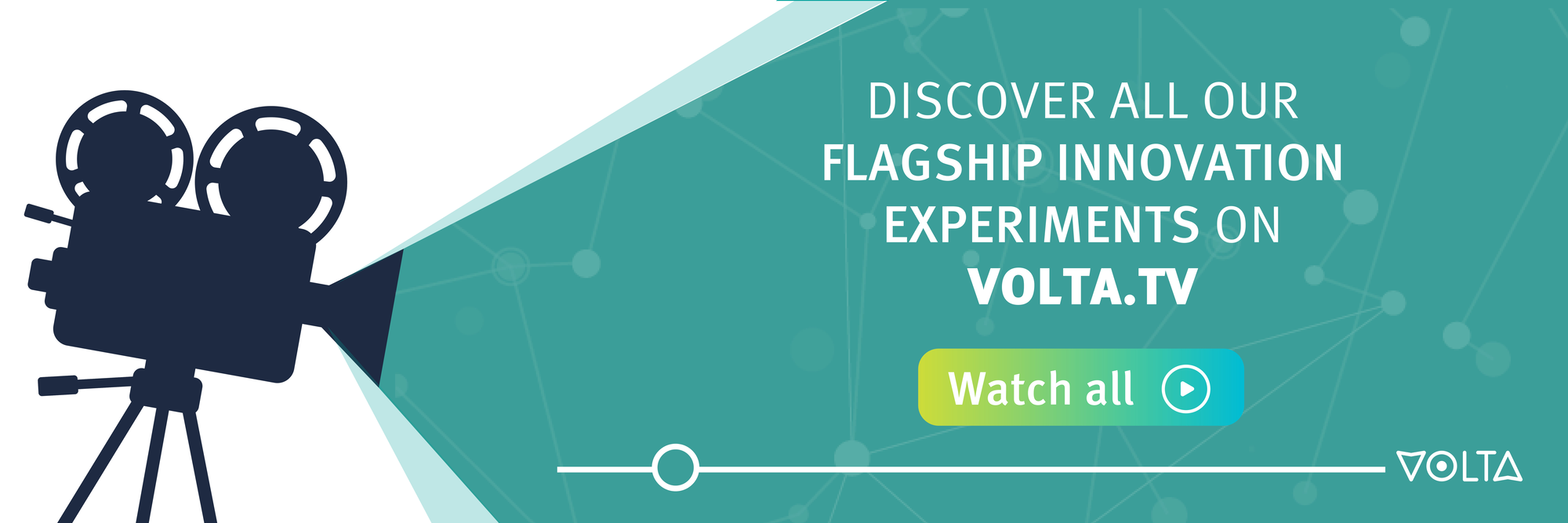Implementation of ICT in Aquaculture - AquacultuER4.0
Using ICT and IoT technologies to deliver precision fish farming which controls water quality and executes operational routines in order to bolster sustainable aquaculture.

Concept
Aquaculture is a thousand-year-old activity. New solutions can help promote sustainable practices. An innovative automated system able to control water quality and operational routines helps this Flagship Innovation Experiment (FIE) to promote sustainable aquaculture. Precision Fish Farming (PFF) relies on ICT and IoT (Internet of Things) technologies to mitigate the environmental impact in coastal ecosystems while simultaneously reducing energy costs and greenhouse gas emissions.
The solution developed by this FIE consists of a network of sensors, monitoring key parameters for the quality of water in production sites. The information gathered by the sensors is accessible through a smartphone app, which provides a user-friendly overview and data in real-time.
By applying control principles, this FIE enables end-users to certify environmental conditions in order to meet the demands of a market that is sensitive to the product provenance and the use of sustainable fish and shellfish farming practices. Lastly, the digitisation of aquaculture through innovative ICT and IoT technologies increases the competitiveness and quality of the product as well as the production process.
Implementation
The multiparametric sensor was first fully developed and tested in labs under different experimental conditions designed to replicate specific situations in production-relevant conditions (salt stress, temperature stress, etc.). The software was developed and tested. The app (smartphones and tablets) was made available for download in both Mac-OS and Android app stores.
The system was then implemented in 3 farms located in Valle Canneviè (main location), Goro’s lagoon and Valle Fattibello. The implementation took place in Italy, a country that contributes to about 12 per cent of the entire European aquaculture market. The network sensor was tested for one month, SMEs partners provided their feedback on both hardware and software. We updated and customized the system to improve its robustness, reliability and safety/security. In particular, the system was equipped with both Wi-Fi and cellular network connectivity and with two internal memories allowing the storage of two replicas of acquired data (for a period longer than a year). With this configuration, potential connectivity problems were bypassed, without losing data. The other important point is that the sensor network must be operated in zones where the power supply is absent. The hub has been equipped with a 20 V solar panel and it has been also designed to handle current fluctuations.
The COVID-19 pandemic was a challenge for training SMEs on the network, as tutoring had to take place online.
Lessons Learnt
Fishermen and aquaculture operators are motivated in adopting new solutions that can improve their working conditions. Both technologies and training have stimulated operators to develop new skills and know-how to monitor the marine environment.
The most innovative aspect is the inclusion of environment monitoring within the daily works of operators. This represents a profound change of perspective, as the daily monitoring of environmental parameters raises the awareness of fishermen and aquaculture operators of their direct impact on the quality of products.
The experience of this FIE foreshadows the first step towards an integrated Blue Economy system, in which production is strictly connected to the protection of the marine and coastal environment, a heritage to be safeguarded, both by reducing the undesirable effects of anthropogenic pressure and in relation to effects of climate change.

